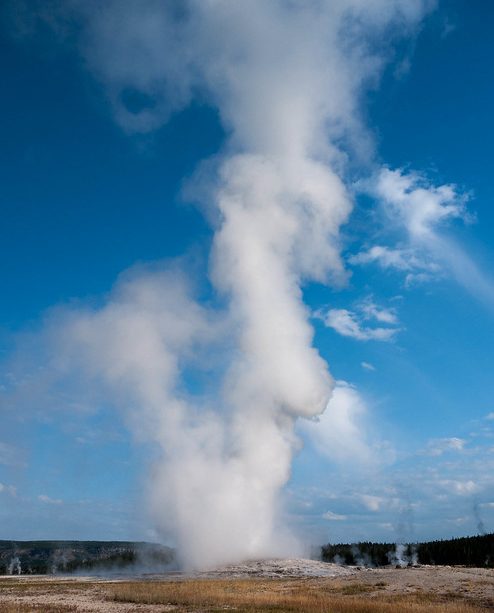Exploring the Wonders of Yellowstone National Park

Introduction
Yellowstone National Park, established in 1872, is the first national park in the United States and is widely considered the first national park in the world. Covering more than 3,400 square miles across Wyoming, Montana, and Idaho, Yellowstone is renowned for its stunning geothermal features, diverse wildlife, and breathtaking landscapes. The park not only draws millions of visitors each year due to its natural beauty but also serves as a vital ecological area, making it a topic of great importance and relevance in discussions surrounding conservation efforts and tourism.
Geothermal Features
Yellowstone is famous for its hydrothermal features, including the iconic Old Faithful geyser, which erupts approximately every 90 minutes, reaching heights of up to 180 feet. The park holds over half of the world’s geothermal features, with notable locations such as the Grand Prismatic Spring, known for its vibrant colors created by thermophilic bacteria in the hot water. These features not only attract tourists but are essential in understanding geological processes, making Yellowstone a living laboratory for scientists.
Wildlife Diversity
The park is also home to a diverse range of wildlife, including grizzly bears, wolves, bison, and elk. According to the National Park Service, over 300 species of birds and numerous species of fish, amphibians, and reptiles can be found within Yellowstone. The ongoing conservation efforts aim to protect these species and their habitats, especially in the face of climate change and human impact, highlighting the park’s ecological significance.
Recent Developments
In recent years, Yellowstone has implemented new policies to manage the increasing numbers of visitors, which peaked to over 4 million in 2021. These management strategies include expanded educational programs about wildlife safety, camping regulations, and creating more sustainable tourism practices. Such initiatives ensure visitors can enjoy the park while minimizing environmental impacts. Additionally, researchers are actively studying the effects of climate change on the park’s delicate ecosystems, striving to maintain its natural integrity for future generations.
Conclusion
Yellowstone National Park is more than just a tourist destination; it is a critical site for natural conservation and ecological study. As climate change continues to pose challenges, the park’s management and conservation efforts are crucial in preserving its unique environmental features and biodiversity. Foreseeing these challenges, it becomes increasingly important for visitors to engage responsibly with the park. Each visit can contribute to a broader understanding of environmental stewardship and the importance of protecting our planet’s natural masterpieces.









